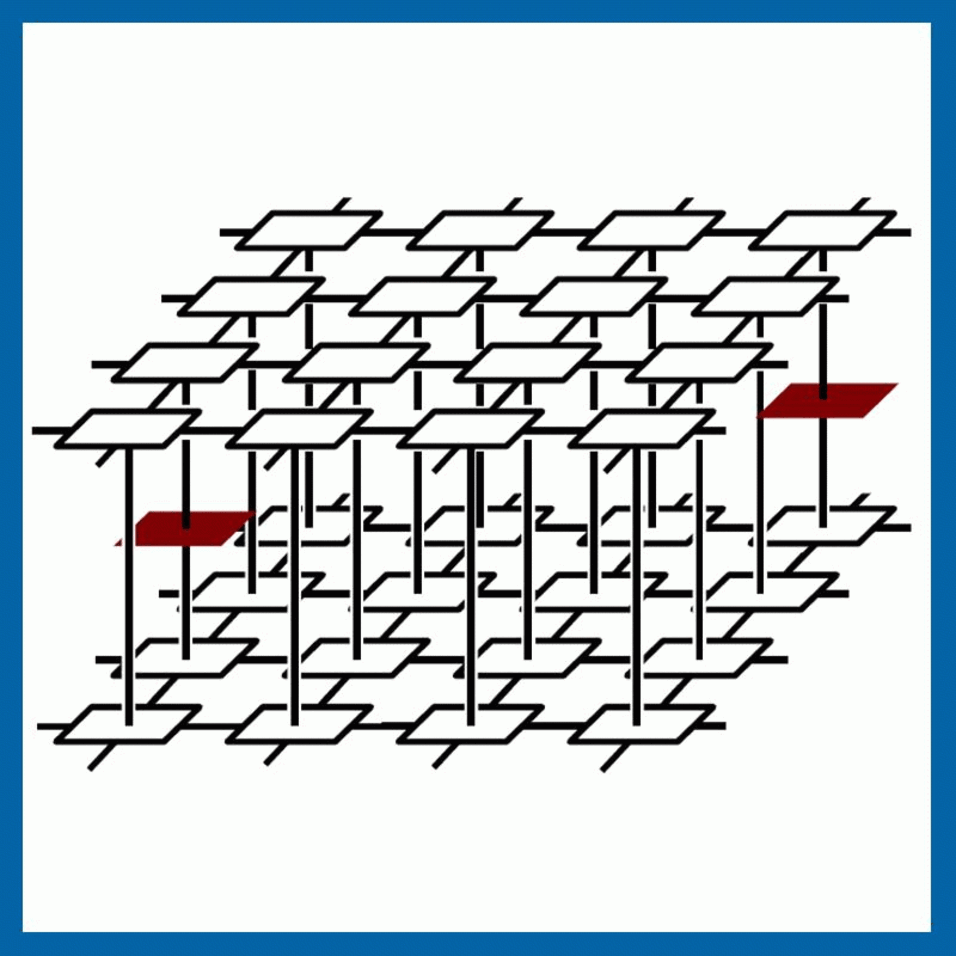One of the key achievements of modern physics is to give us a unified understanding of phases of matter – for instance, water can appear as solid ice, liquid water, or gaseous vapor. The key insight, pioneered by Lev Landau in the early 20th century, has been that phases differ by the way in which they behave relative to the symmetries of the underlying physical laws: For instance, while water respects the translational symmetry of the physical laws, ice breaks translation in space by forming a regular crystalline lattice. This ordering, which breaks a given symmetry, can be detected by so-called order parameters, which have turned out to form extremely powerful tools not only in distinguishing phases of matter, but also in understanding their relation and transitions between them.
Modern quantum materials have challenged this understanding: These systems – termed "topologically ordered" – can organize in ways which cannot be detected through order parameters, but are rather characterized by global orderings in their quantum correlations: Entanglement. At the same time, these exotic phases hold big promises for applications such as high-precision measurement devices, or as a way to store and process information in quantum computers. In the light of these promises, a comprehensive understanding of these phases, connecting them to the powerful framework of order parameters, is highly desirable.
The goal of the project "Entanglement Order Parameters" is to construct a systematic framework to design and subsequently determine order parameters which are capable of detecting both conventional ordering and exotic ordering in the entanglement. By design, the framework will treat these seemingly different phenomena on an equal footing, and thus give a unified way to address conventional order, topological order, as well as exotic systems where those two types of order interplay. This will provide us with a powerful framework to analyze exotic topologically ordered phases, both theoretically and numerically, far beyond what has been possible with existing methods. It will give us access to a wealth of additional information to analyze the behavior of unconventional quantum materials, and thus lead to novel insights into the use of these systems in fields such as quantum computing or for quantum metrology and sensing.
This project (grant nr. P 36305-N) is supported by the Austrian Science Fund (FWF) and the European Union – NextGenerartionEU through the Quantum Austria Funding Initiative. For details, please visit the project's info page.

